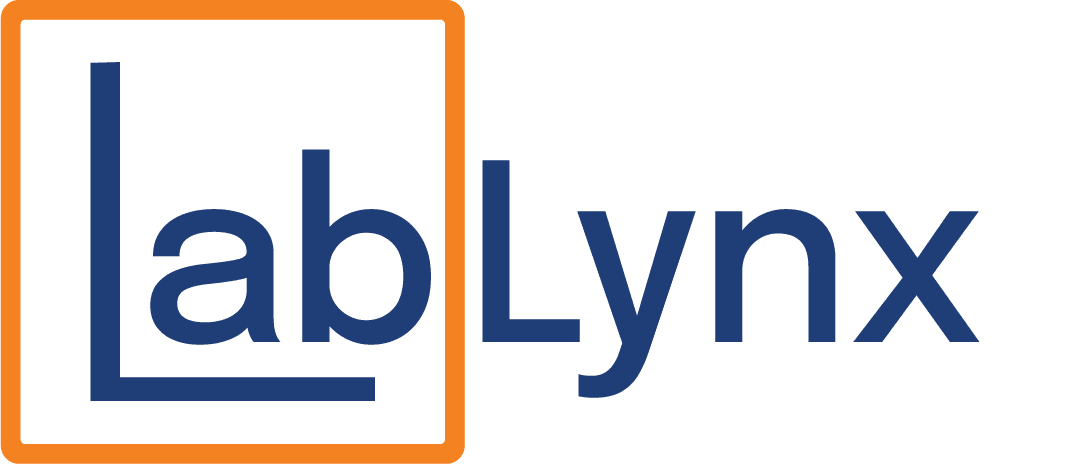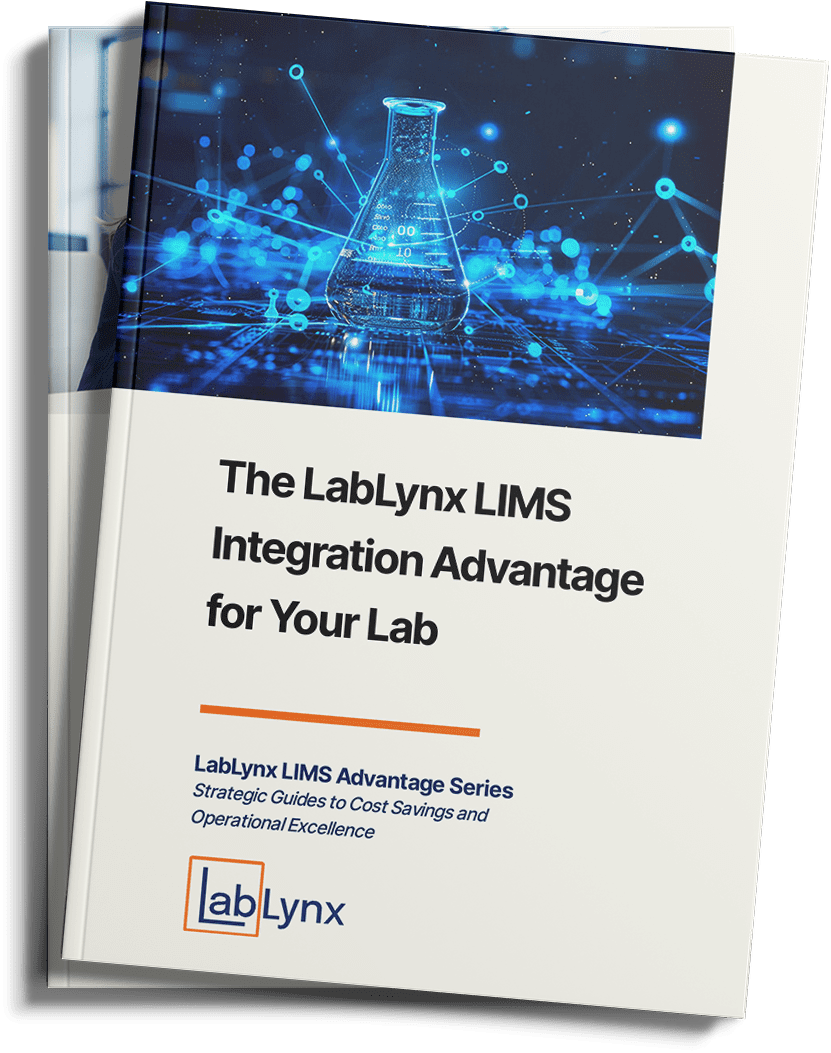Revolutionizing Sample Tracking with LabLynx LIMS: A Comprehensive Guide
In the realm of laboratory operations, efficient sample tracking is paramount for ensuring accuracy, reliability, and integrity of the testing process. Laboratories across various industries—ranging from clinical diagnostics to environmental testing—rely on effective sample management to deliver precise and reliable results. Integrating Laboratory Information Management Systems (LIMS) into sample tracking processes has revolutionized how laboratories handle samples, from collection to analysis and beyond. LabLynx, a leading provider of LIMS solutions, stands at the forefront of this innovation, offering sophisticated functionalities designed to optimize sample tracking workflows. This article delves into the significance of sample tracking within a LIMS framework and highlights how LabLynx is enhancing laboratory efficiency and compliance through its advanced LIMS solutions.
The Critical Role of LIMS in Sample Tracking
Sample tracking encompasses the entire lifecycle of a sample, including its collection, transportation, storage, analysis, and disposal. Managing this lifecycle effectively is critical for maintaining sample integrity, ensuring accurate test results, and complying with regulatory standards. LIMS plays a vital role in this process, providing a centralized platform that automates and manages sample information, thus minimizing errors, reducing turnaround times, and enhancing data security. LabLynx LIMS, in particular, is designed to address the unique challenges of sample tracking, offering robust features that streamline operations and support compliance with industry regulations.
Key Features of LabLynx LIMS for Enhanced Sample Tracking
LabLynx LIMS is engineered with powerful features to improve sample tracking processes:
- Barcode Integration: LabLynx LIMS supports barcode labeling and scanning, facilitating quick and accurate sample identification. This integration reduces the risk of sample mix-ups and accelerates the sample logging process.
- Real-Time Tracking: With LabLynx LIMS, laboratories can track samples in real-time throughout their lifecycle. The system provides up-to-date information on sample status, location, and handling history, ensuring transparency and accountability.
- Automated Workflows: LabLynx LIMS automates sample-related workflows, including sample receipt, assignment, analysis, and reporting. Automation not only speeds up processing but also reduces the potential for human error, enhancing overall laboratory efficiency.
- Compliance and Quality Control: LabLynx LIMS includes features designed to ensure compliance with regulatory standards, such as CLIA, CAP, and ISO 17025. The system supports quality control measures, audit trails, and electronic signatures, reinforcing data integrity and regulatory adherence.
- Customizable Reports: LabLynx LIMS enables the generation of customizable reports, providing detailed insights into sample handling and analysis outcomes. These reports can be tailored to meet specific regulatory requirements and internal standards.
LabLynx: Pioneering Sample Tracking LIMS Integration
LabLynx is recognized as a pioneer in integrating sample tracking capabilities into its LIMS solutions. The company’s commitment to innovation has led to the development of a platform that not only simplifies sample management but also aligns with the operational and compliance needs of modern laboratories. By leveraging LabLynx LIMS, laboratories can achieve unparalleled levels of accuracy, efficiency, and compliance, setting new standards in sample handling and analysis.
The integration of sample tracking functionalities into LIMS represents a significant advancement in laboratory management, offering a systematic approach to handling samples with precision and care. LabLynx is at the helm of this evolution, providing LIMS solutions that empower laboratories to navigate the complexities of sample tracking with confidence. With LabLynx LIMS, laboratories can enhance their sample management processes, ensure compliance with regulatory standards, and ultimately improve the quality and reliability of their testing services.


